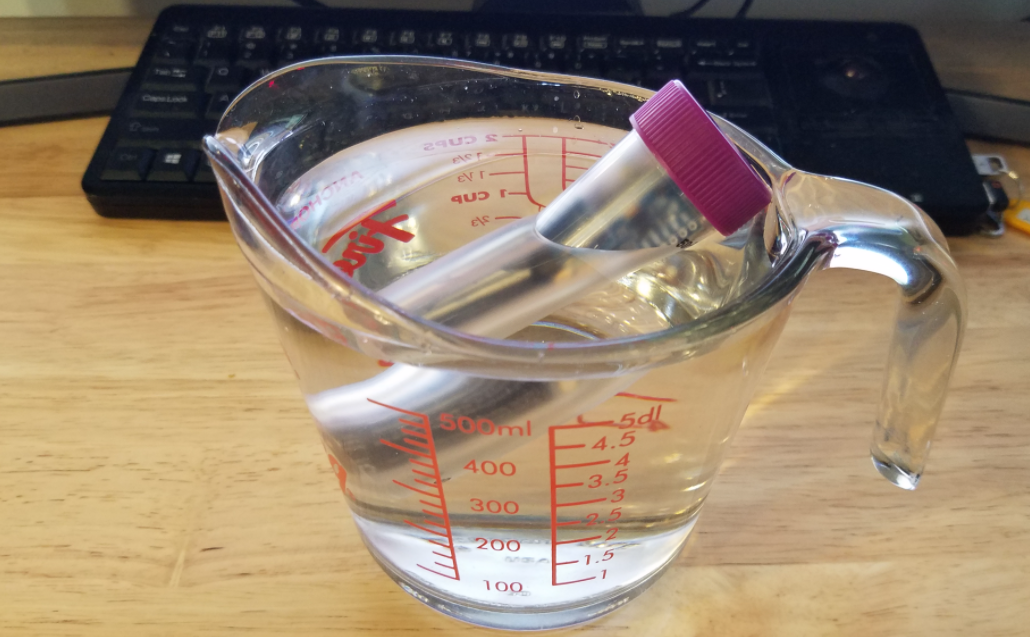Another issue with the 50mL tube that I hadn't thought of until recently is buoyancy. I did a test with just the battery in a tube and it floated at the level of the cap. I need to study the math more but I'm guessing that's not going to let it tilt correctly. I'm not sure if a taller tube with the same diameter is available or if I can 3d print an extension to it.
Still a lot of work to do...
I am super interested in figuring out a version that fits in a 50ml centrifuge tube. The path I was going was to use a 18500 LiFePO4 cell, sold in hardware stores where I live for solar lights. They are still a decent sized cell, the one I have is 1000mAh, but small enough that they fit in a 50ml tube with a Wemos D1 mini or LOLIN32 Lite and a MPU6050 and still float at a reasonable looking angle. The project I built to go in it (rymes with Boaty) claims a year from a 3400mAh cell sending data every 10 minutes, so I assumed it would last long enough with the smaller battery, but my board was damaged and I haven't got to try it yet. The LiFePO4 cell has the advantage that it can power 3.3v boards directly, but it is harder to find chargers that work with it. I had planned to just take it out to charge it.


Last edited:





















![Craft A Brew - Safale BE-256 Yeast - Fermentis - Belgian Ale Dry Yeast - For Belgian & Strong Ales - Ingredients for Home Brewing - Beer Making Supplies - [3 Pack]](https://m.media-amazon.com/images/I/51bcKEwQmWL._SL500_.jpg)

































